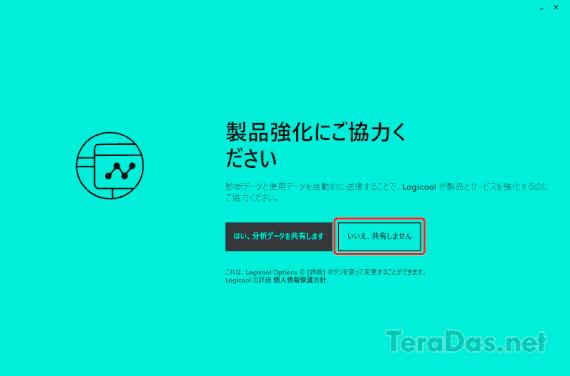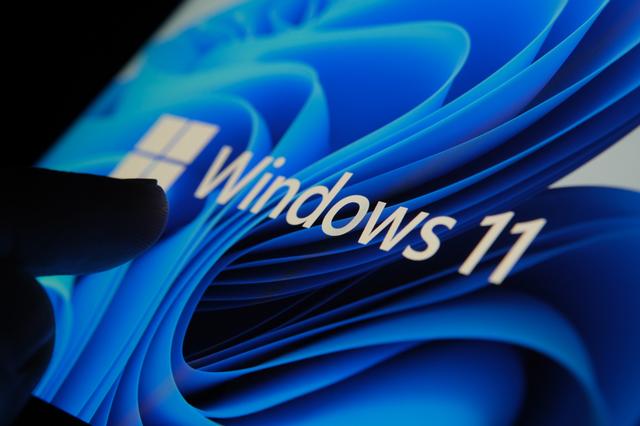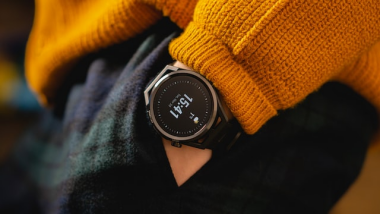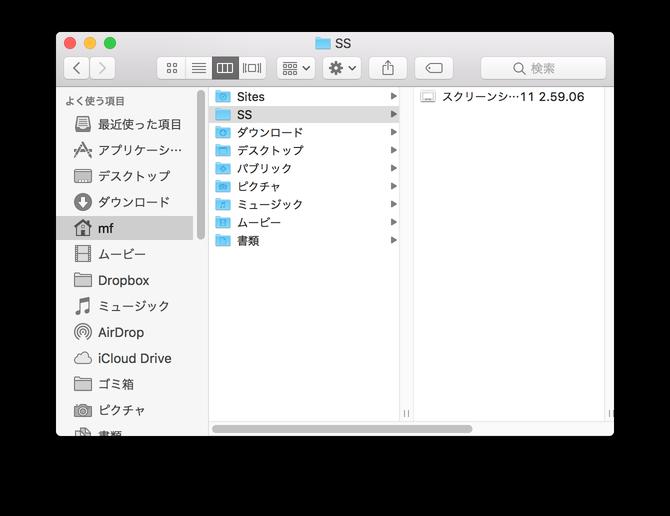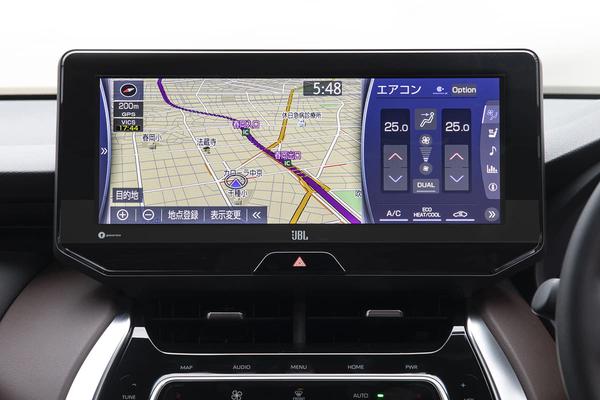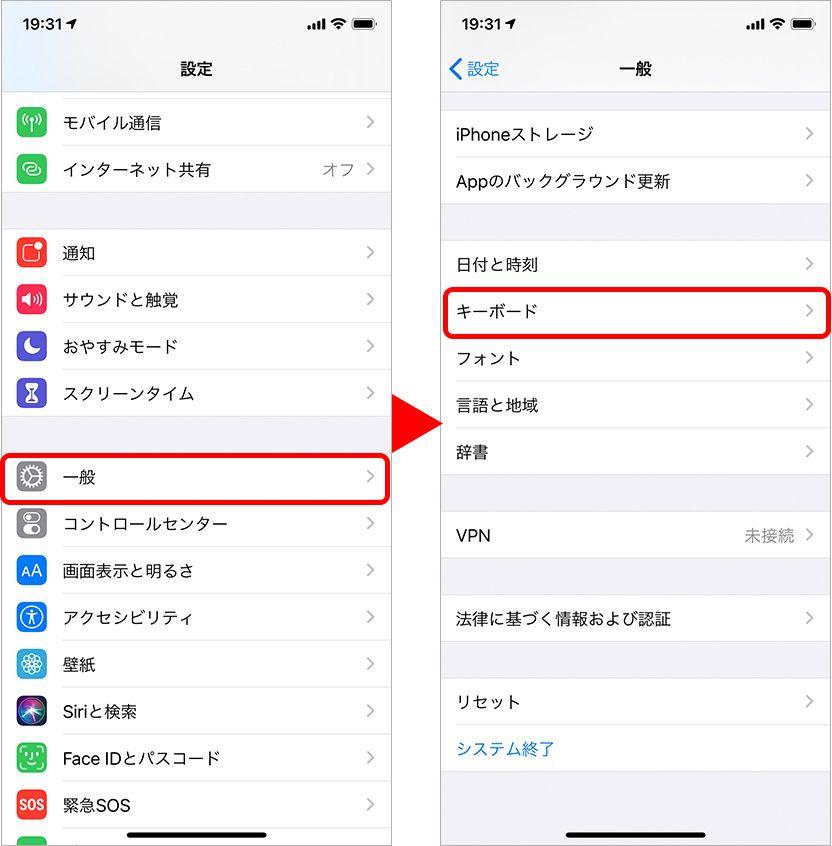Review 5 Ways to Transfer Data from PC to Android Phone
Although smartphones are now the primary computing device for many people, many of us also use computers on a daily basis.
In other words, there are more than a few needs to move files from your computer to your Android.
So what's the best way to transfer files?
Is the optimal transfer method different for small files and huge files?
This article will show you the best way to transfer data from computer to Android phone.
1. Using a USB Cable
An old and common way to transfer data from a computer to a smartphone is to use a USB cable.
As long as you have a compatible cable on hand, moving data is quick and easy.
However, unfortunately, many modern smartphones have moved to USB-C, making the old cables obsolete.
Also, most recent smartphones do not come with the USB-C/USB-A conversion cable required to connect to a computer.
However, if you have the necessary conversion cables at hand, the task is quite simple.
For Windows or Chromebooks:
- Connect your phone to your computer
- Tap the [This device is charging via USB] notification that appears on your Android.
- Select File Transfer under Use USB.
That's all for preparation.
Look at your computer and you should see a file transfer window open showing your phone (and SD card if you have one).
Then all you have to do is copy the file from your computer to your smartphone.
The procedure is almost the same on Mac, but you need to install the Android File Transfer app first.
This USB cable method is suitable for copying large amounts of data.
Try it when you want to move your movie or music collection.
You can also move files from your computer to your smartphone's SD card using the same procedure.
2. Using cloud storage
You can access 15GB of cloud storage via Google Drive using the Google account set up on your smartphone.
It is convenient to use Google Drive to move files between a computer and a smartphone.
First, you need to install the Google Drive app on your computer. Besides Google Drive, you can also use Dropbox and Microsoft's OneDrive.
To set up Google Drive, please sign in first.
From the screen that appears, select Backup All File Types and click Next.
On the next screen, select Advanced Settings at the bottom.
Select Sync My Drive to this computer and click OK.
This will create a Google Drive folder on your computer. This is how all files in this folder are synced to Drive.
To move files to your phone, just put them in a folder on Google Drive.
Once the sync is complete, you should be able to see your files in the Google Drive app on your phone.
Note: Files displayed in the Google Drive app are not stored on your smartphone.
If you try to open a huge file, the file will start downloading at that point, and if you are using mobile communication, there is a possibility that the remaining amount of data communication will be squeezed.
How do I download files to my phone?
To avoid this situation, download the file to your smartphone in advance.
There are two ways to do this. After selecting the file, choose one of the following from the menu.
This method will not work if your Google Drive runs out of free space.
In that case, you may want to add another account. You can also transfer files between accounts.
3. Using email or messaging apps
You can also email the file to yourself.
It's not the most efficient way to move data from your computer to your phone, but we all do it from time to time.
You can also use it to share files with someone.
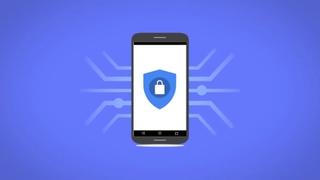
Gmail only allows attachments of 25MB or less.
If you want to send larger files, try WeTransfer.
You can send files up to 2GB for free, and no user registration is required.
Just go to wetransfer.com, enter your email address, drag the file into your browser window and hit the send button.
Check your phone and you should have received an email with a download link.
The file is encrypted for security and will be deleted after 7 days.
If you want to delete files faster or for a longer period of time, you need a Pro account.
If for some reason you don't want to use WeTransfer, don't worry.
There are many other ways to send large files as email attachments.
4. Use Bluetooth
If you want to move small files from your computer to your phone, Bluetooth is the best option. Once the initial settings are completed, operation is easy.
To send files from your Windows 10 computer to your phone via Bluetooth, you first need to pair the two devices.
In Windows, go to Settings > Devices and turn on Bluetooth. Enable Bluetooth on your smartphone as well.
Next, click [Add Bluetooth or other device] > [Bluetooth] on your computer to start detecting the device.
After a while, your phone should appear. Select it, click [Connect] on the computer, and tap [Pair] on the smartphone to complete.
To share files via Bluetooth, go to Settings > Devices > Send or receive files via Bluetooth > Send files.
After that, it is OK if you specify the file you want to send.
On platforms other than Windows, the steps are the same, only the names of the menus are different.
First pair your computer and phone, then share files.
However, communication via Bluetooth is slower than the other methods described in this article (especially Wi-Fi).
Suitable for transferring small files and casual use.
5. Use Wi-Fi
If you need to send a lot of data to your phone on a daily basis, nothing beats Wi-Fi.
If your phone and computer are connected to the same network, you can move files quickly and safely.
To copy files via Wi-Fi, you need to install an app on your smartphone. It is not necessary on the PC side.
MakeUseOf recommends Pushbullet's "Portal". It's free to use and no registration is required.
This app is compatible with all platforms (Windows, Mac, Linux, Chrome OS).
First, install this app on your Android device.
Next, in your computer's web browser, open portal.pushbullet.com and view the QR code.
Open Portal on your phone and tap Scan. Once the camera is activated, scan the QR code.
This will establish a wireless connection between your phone and computer.
This connection is temporary, so next time you use this app, you will need to scan the QR code again to pair.
Once the connection is established, drag the file into the browser window. The transfer to your smartphone will start immediately.
By default, images and music will be saved in your phone's images and music folders, respectively. Other types of files are sent to the Portal folder.
Downloaded files can be accessed from the Portal app.
Alternatively, you can download a powerful Android file manager and move it to another folder or SD card.
Portal is convenient because you don't need to install an app on your computer.
If you want more features, check out AirDroid. For example, you can send a text message from your computer.
Feem is another app that makes it easy to share files across devices.
Other Ways
There are other ways to move files between devices. SD cards and USB memory can also be added to the options if the smartphone supports them.
Although it's a pretty geeky way, you can also use FTP with the "Wi-Fi FTP Server" app or use a network attached storage (NAS).
A NAS allows you to share a single hard drive with all devices connected to your network.
However, for most people, the above five methods should be the best way to move data from your computer to your Android phone.
Some methods were better for sharing small files quickly, while others were better for moving large amounts of data.
The more devices you own, the more you need to share files between them.
In my previous post, How to Transfer Files Fast Between Your Computer and Mobile Devices, I show you how to sync different devices.
I want to read together
Google's new technology! How to set your Android phone as a security key
Is Android Antivirus Safe? 23 safe apps
Image: Shutterstock.com
MakeUseOf-[5 Ways to Transfer Data From PC or Laptop to Android Phone]
